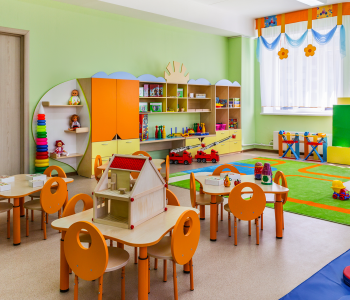 Education News
Education News
Building Early Education Leaders
Building Early Education Leaders
A Closer Look at How States and Districts are Equipping Principals to Support Young Learners
From New America – April 30, 2019. Abbie Lieberman and Laura Bornfreund
Principals leading elementary schools play a vital role in determining the quality of care and education that young children receive. In fact, research shows that after teachers, principals are the most important in-school factor impacting student achievement. Principals often function as both administrative and instructional leaders, and can be responsible for everything from managing finances to hiring staff, choosing a curriculum, and evaluating teachers.
Early childhood education is not typically covered in principal preparation programs. And research shows that elementary school principals often don’t understand what early learning should look like based on the science of child development. With public pre-K expansion, principals are increasingly overseeing younger students, but a 2015 survey found that only about 20 percent of early-career principals overseeing pre-K classrooms felt well-versed in early childhood education. And this doesn’t just apply to pre-K: instruction in kindergarten and the early grades often doesn’t align with what is best for young children.
With the right skill set and supports, principals can be true drivers of change for teachers and the children they work with. Research has found that leadership is key in efforts to strengthen and align the pre-K through third grade continuum, a primary strategy for ensuring children build on their learning from one year to the next.









